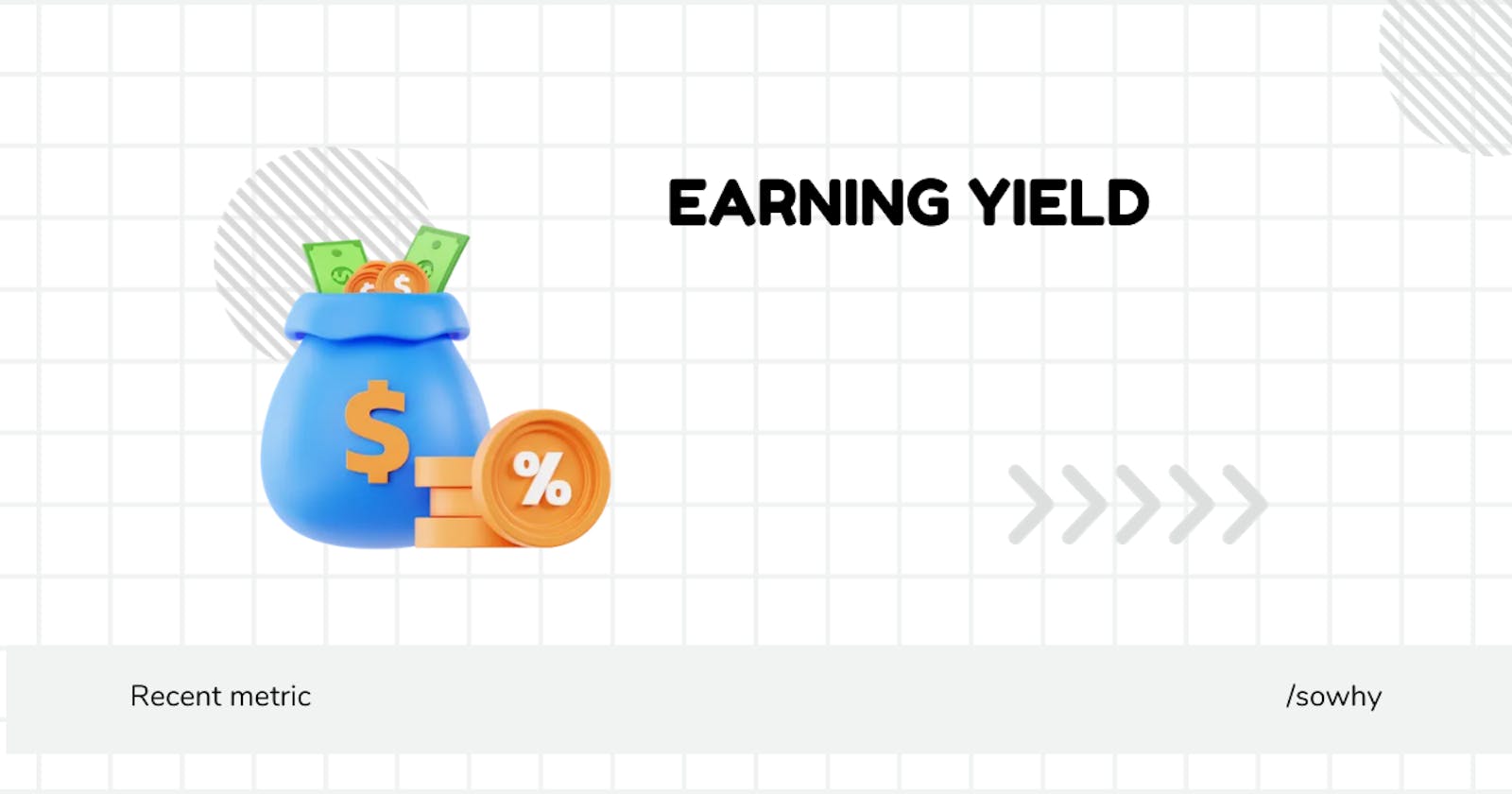Hey finance enthusiasts! 🌟 Today, let's unpack the financial treasure chest known as "Earnings Yield" – the golden ticket that shows us the return on investment for each dollar spent on a company.
Formula: $$ {Earnings Yield} = \frac{\text{Trailing EBIT}}{\text{Enterprise Value}} \times 100 $$
Imagine it's a magic lamp, and the formula is the secret incantation to unlock the genie of profitability.
Scenario: Meet "ProfitPioneer Inc." Their Trailing EBIT (Earnings Before Interest and Taxes) is $2 million, and the Enterprise Value is $20 million.
$$ {Earnings Yield} = \frac{2,000,000}{20,000,000} \times 100 = 10\% $$
So, ProfitPioneer Inc. dazzles with a 10% Earnings Yield, signaling that for every dollar invested, they're generating 10 cents in earnings.
Parameters:
- Trailing EBIT: The magical earnings potion before interest and taxes.
- Enterprise Value: The mystical total value of a company.
Things to Remember:
- Comparison Magic: Use Earnings Yield to compare investment opportunities – the higher, the merrier!
- Inverse Relationship: Earnings Yield and P/E ratio are like two sides of the same coin – high P/E means low Earnings Yield and vice versa.
- Consistency Counts: Regularly check for a steady yield to gauge a company's financial magic.
Best and Worst Values:
- Best Value: A higher Earnings Yield is generally considered attractive for investors.
- Worst Value: A low or negative Earnings Yield might raise eyebrows.
Fun Fact: The concept of Earnings Yield has been a financial compass since the mid-20th century, guiding investors in the vast seas of stock markets.

